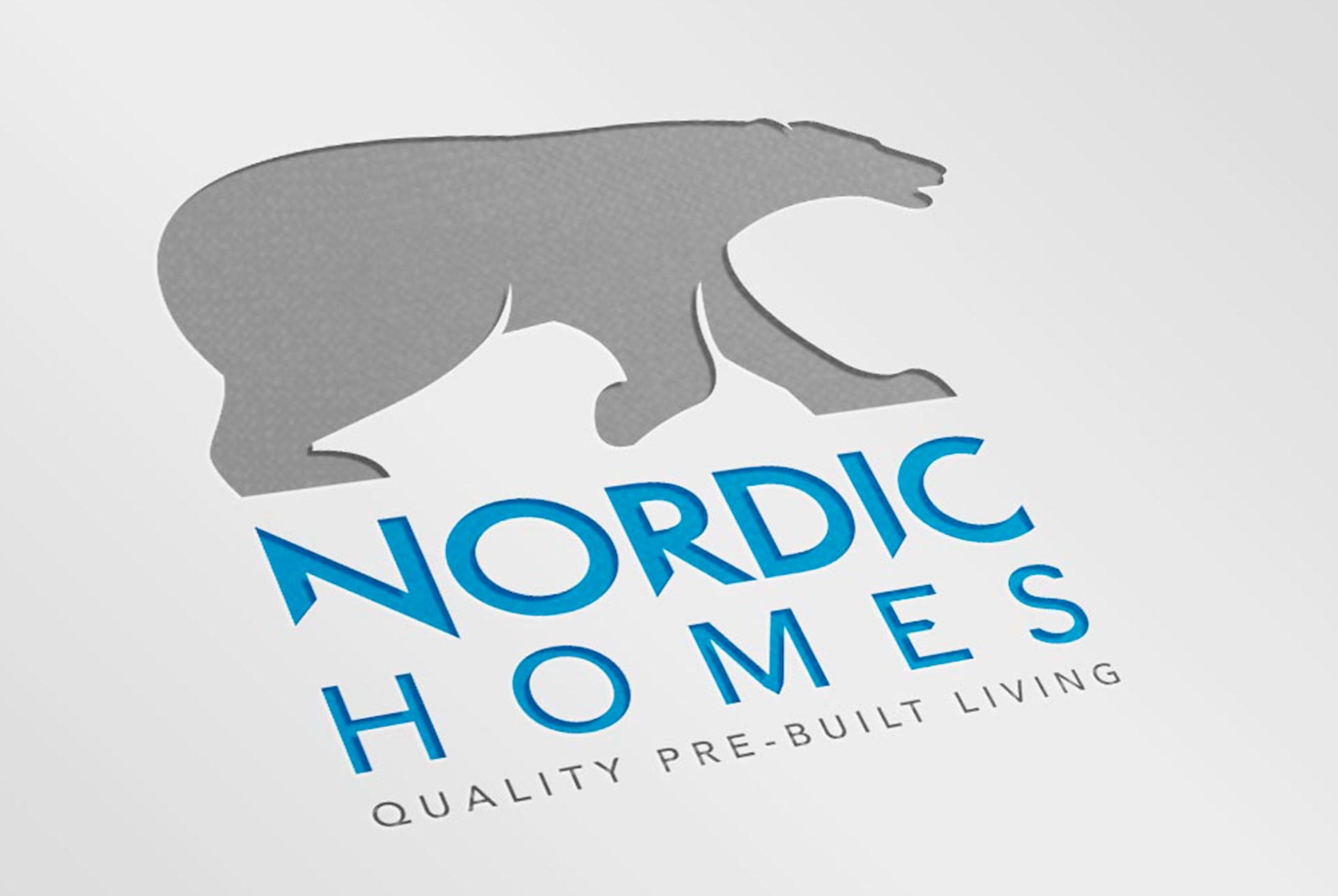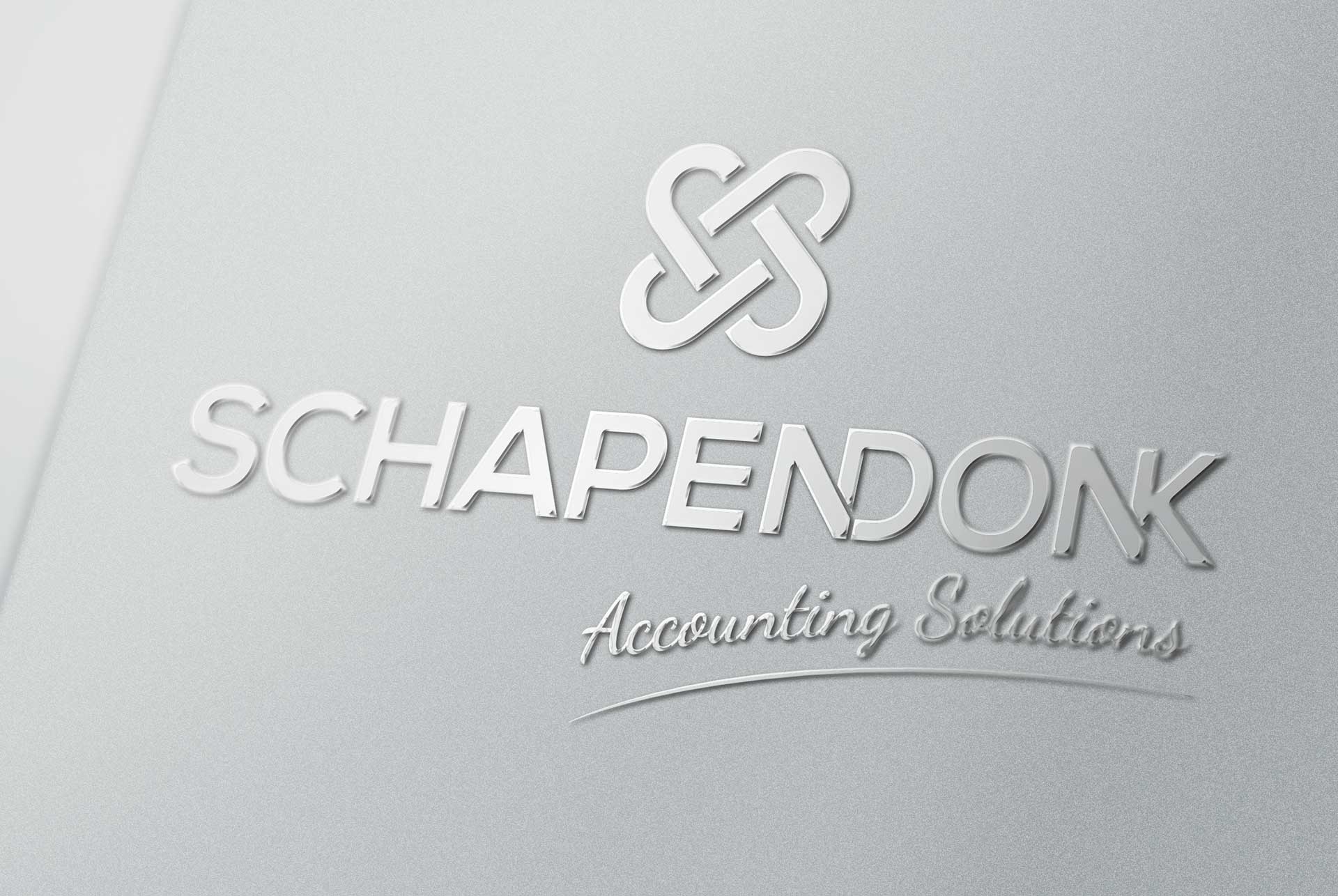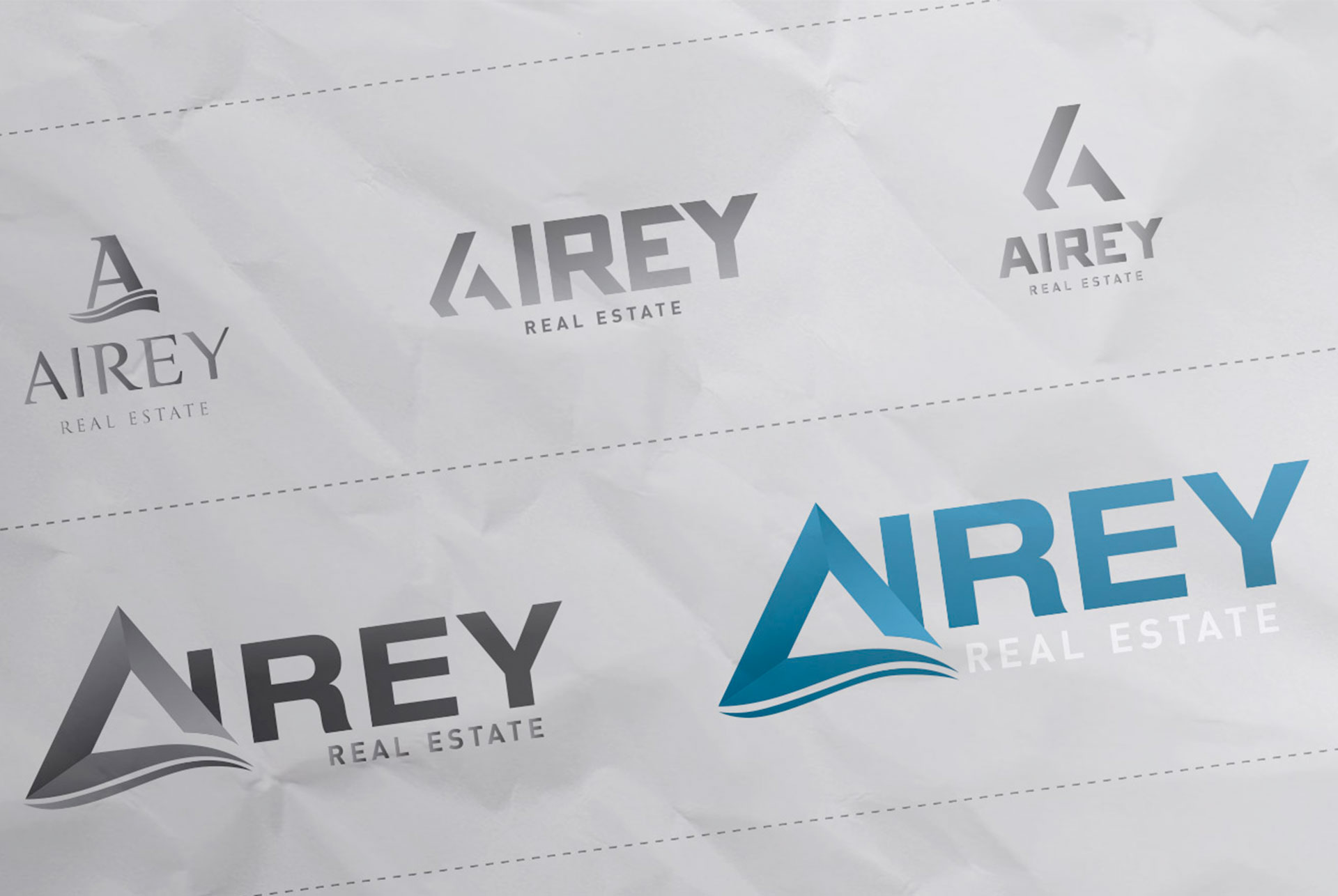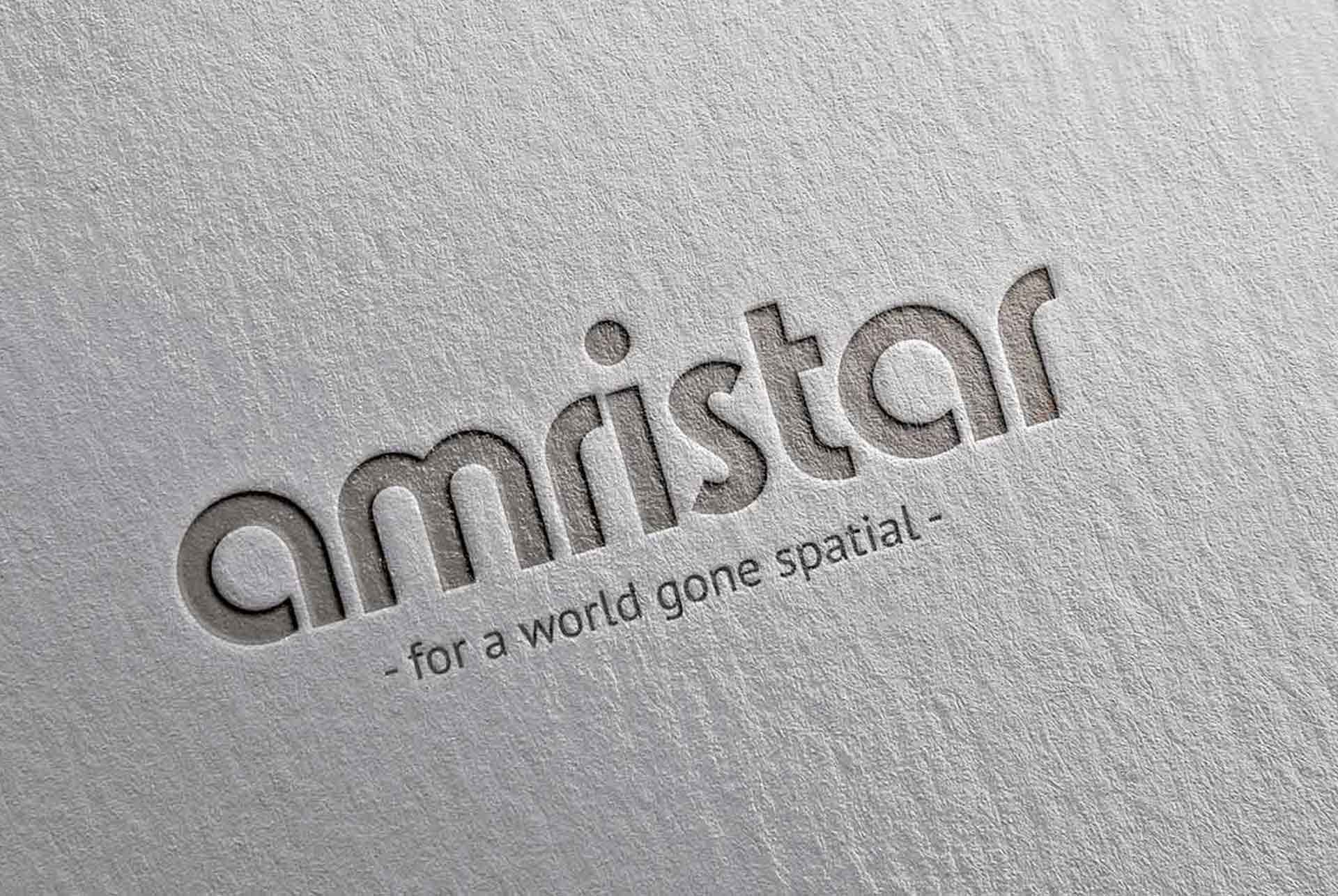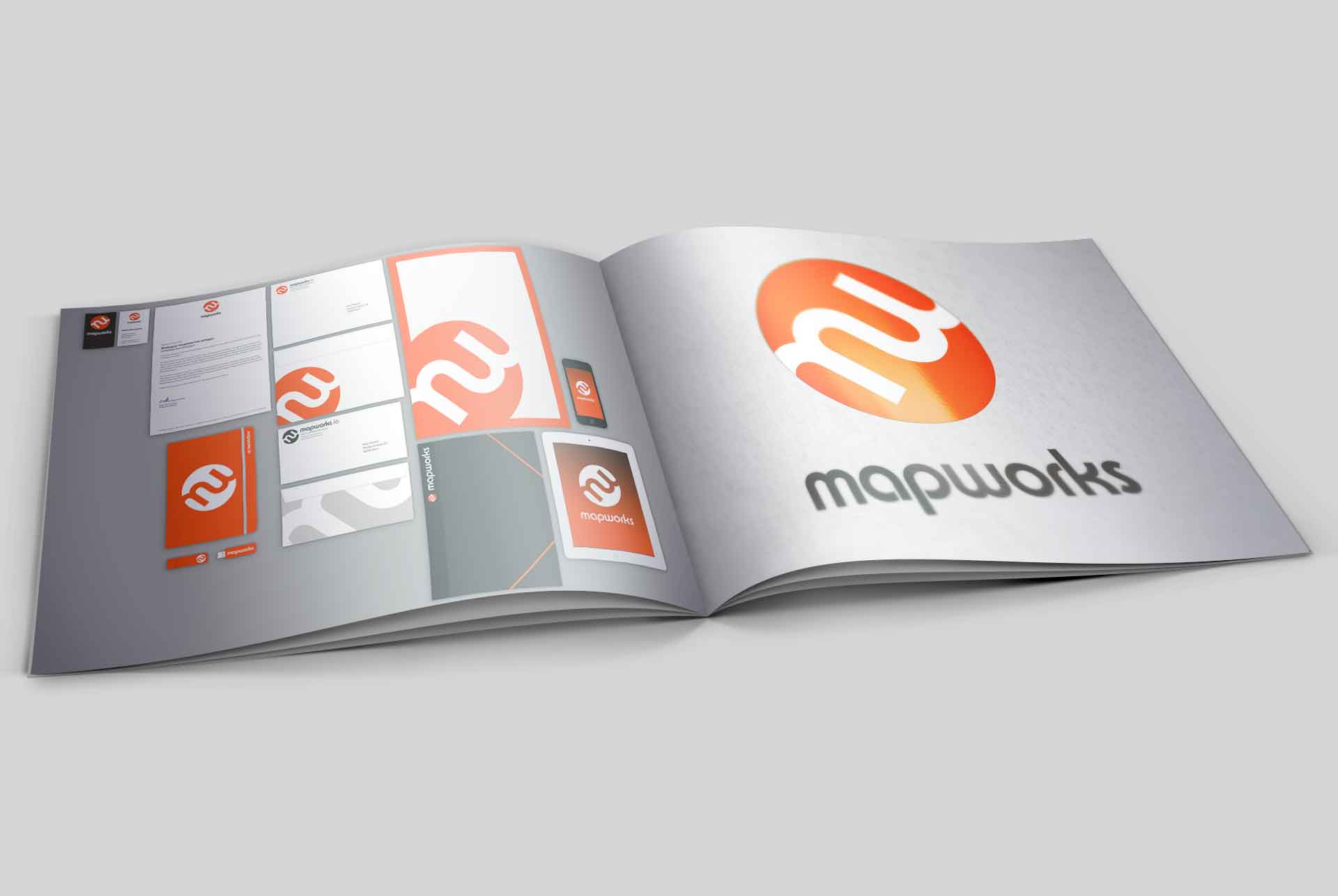A brand is the “name, term, design, symbol” or any other feature that identifies one seller’s goods or services as distinct from those of other sellers.
Your brand identity is the representation of your company’s reputation through the conveyance of attributes, values, purpose, strengths, and passions. Great brands are easy to recognize, their mission is clear, and it fosters that coveted customer loyalty all businesses crave. A brand is one of the most valuable fixed assets of a business, and it must be carefully crafted to ensure it properly represents the business, and resonates with the intended customer base.
So … how’s your brand doing? Does your business have a brand identity? If it doesn’t — or your brand isn’t as strong as it could be — follow along as we guide you through the steps to take to define your brand. It may seem like a fluffy concept, this branding business, but we’re going to try to put some structure around it so any marketing team could get started defining their company’s brand.
We are a creative agency based in Cottesloe, dedicated to creating fresh ideas for branding and identity through simple design and integrated events. With a thorough brand focus, we learn your business objectives and create a distinctive identity that defines your company.
So … how’s your brand doing? Does your business have a brand identity? If it doesn’t — or your brand isn’t as strong as it could be — follow along as we guide you through the steps to take to define your brand. It may seem like a fluffy concept, this branding business, but we’re going to try to put some structure around it so any marketing team could get started defining their company’s brand.
As per our page on brand naming we break each of the sections into sound-bites or chunks of information you can absorb one by one or all at once.
Determine Where Your Company Sits in the Market.
Before you attempt to define your brand, you need to do some exploration. Take a long look at your company to get a clear picture of its purpose and place. The familiar SWOT (Strength, Weaknesses, Opportunities and Threats) Analysis can help. The SWOT Analysis provides insight into the strengths and weaknesses of your brand, the opportunities it has in the marketplace, and the threats it might face in that marketplace.
In short:
Strengths: Characteristics of the business or project that give it an advantage over others
Weaknesses: Characteristics that place the team at a disadvantage relative to others
Opportunities: Elements that the project could exploit to its advantage
Threats: Elements in the environment that could cause trouble for the business or project
When you do a SWOT analysis, you should involve everyone in your company, as well as some of your customers. This can be done with a simple survey that asks questions that get at the four points in the SWOT analysis. Or if you prefer, it can be achieved with in-depth research performed by an outside firm just as ADS…but more on that later.
However you gather the information, once you get it, you should be able to sit down with your marketing team, (this may be your friends and family if it’s a start up) and clearly state your company’s strengths, weaknesses, opportunities and threats. Once you have a clear understand of your SWOT, it’s time to start to define your brand.
How to Determine Your Corporate Brand Identity
Developing a brand identity is a five-step process that aims to clearly define what your brand stands for — its goals, its personality, the emotions you want people to experience when they come into contact with your brand, and a clear conveyance of that identity through a positioning statement. Here’s what you’ll need to create to do that:
1) Vision Statement
A Vision Statement describes what you want your company to become in the future – hence the name “vision” statement! It should be aspirational and inspirational. Ideally, the statement should be one sentence in length and should not explain how the vision will be met. When developing your vision, keep these questions in mind:
- What are your most important products and services?
- What products and services will you never offer?
- What is unique about doing business with your brand?
- How would your customers describe your brand?
- Where do you want your company to be in five or ten years?
2) Mission Statement
A Mission Statement defines the purpose of the company. It should be simple, straightforward, articulate, and consist of jargon-free language that’s easy to grasp. It should be motivational to both employees and customers. When crafting your Mission Statement, keep these simple tips in mind:
- What are the specific market needs the company exists to address?
- What does the company do to address these needs?
- What are the guiding principles that define the company’s approach?
- Why do customers buy from you and not your competition?
3) Essence – Emotion
Say, what? That’s right, your essence or emotion. Talk about fluffy. But seriously, you need to develop an “essence”. The essence or emotion of the company speaks to the intangible connections you want your customers to feel when they experience the brand. A brand’s essence is the representation of the company’s heart, soul, and spirit, and is best described with one word. When defining the essence of your brand, consider these points:
When your customers experience your product or service, what emotions does the encounter elicit?
If your brand was a person, how would you describe their personality?
Here are a few examples to get you going.
- Apple is “Creative”
- Volvo is “Safe”
- Disney is “Magical”
- Lamborghini is “Exotic’
4) Personality
Just as with humans, a brand’s personality describes the way a brand speaks, behaves, thinks, acts, and reacts. It is the personification of the brand — the application of human characteristics to a business. To generalize an example, Apple is young and hip. IBM is old and stodgy. See what I mean? So, what personality do you want to put forth when people experience your brand?
- Are you light-hearted and fun?
- Are you serious and all-business?
- Are you down to earth?
- Are you playful or matter of fact?
5) Position or Value Proposition
A brand positioning statement is a one or two sentence statement that clearly articulates your product or service’s unique value, and how it benefits customers. The Positioning Statement must define the audience, define the category in which the brand exists, cite a clear product or service benefit, set your brand apart from your competitors, and instil confidence the brand will deliver on its promise. When crafting a positioning statement, consider:
- To whom are you speaking? (Target market, demographic, and persona)
- Which market segment does your product or service serve?
- What is your brand promise? (Both rational and emotional)
- Why is your product or service different from the competition, and why should your customers care?
ADS loves nothing more than conversing and creating a new brand name or updating an existing brand name, give us a call today and we can sit down over a coffee and listen to your goals and objectives.



